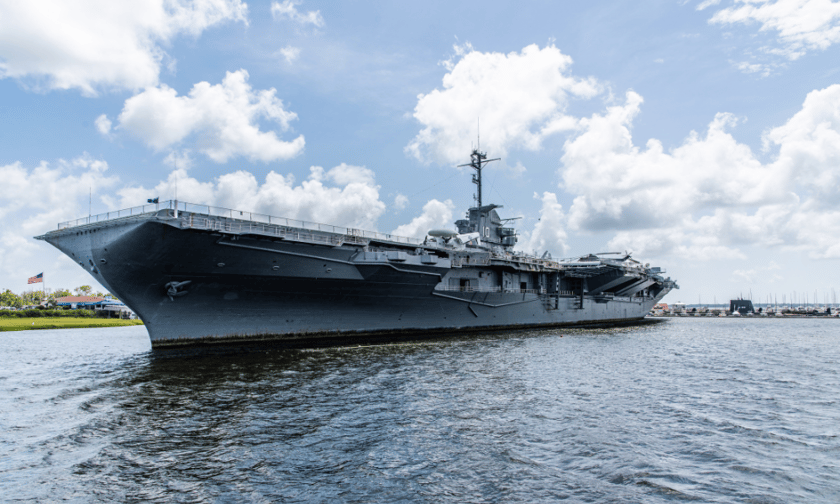

A warning about uninsured Royal New Zealand Navy (RNZN) vessels was issued by Defence Minister Judith Collins to Finance Minister Nicola Willis before the October sinking of HMNZS Manawanui.
The warning was part of a letter and briefing on the New Zealand Defence Force’s (NZDF) insurance arrangements for 2024-25, obtained under the Official Information Act (OIA).
According to Interest.co.nz’s report, the briefing highlighted two major uninsured risks: RNZN ships and Royal New Zealand Air Force (RNZAF) aircraft.
Treasury regulations require the finance minister to be informed of any significant risks that cannot be addressed through standard funding or insurance solutions.
Collins’s letter said that the RNZN vessels have historically gone uninsured due to prohibitive premium costs.
In addition, available coverage often comes with exclusions that limit applicability to naval operations, such as Southern Ocean missions, boarding activities, and responses to natural disasters. Operational safeguards and personnel training are used to minimize these risks.
The release of this information followed the loss of the HMNZS Manawanui, a $100 million dive and hydrographic vessel that ran aground during a reef survey near Samoa. The vessel, which had no comprehensive insurance, sank shortly after the incident.
The NZDF renews its insurance annually, with the 2024-25 programme covering$10.51 billion in material damage assets, capped at NZ$400 million for catastrophic losses.
An$20 million excess applies per claim, and coverage is underwritten by both domestic and international insurers. Specific insurers were not named in the released documents.
For the current year, the NZDF introduced an environmental impairment liability policy for pollution events exceeding$5 million. Self-insurance applies up to this threshold, and pre-existing pollution issues remain uncovered.
The briefing noted a reduction in premiums for 2024-25, which was attributed to more favourable market conditions, structural changes to policies, and competitive pressure among insurers. However, the actual premium amounts were redacted.
According to RNZ’s report, the sinking of the Manawanui could result in significant cleanup costs, estimated at up to $40 million by a salvage expert.
The NZDF maintains a self-insurance model for vessels, aircraft, and other assets, leaving it exposed to financial risks when incidents occur.
The situation underscores the challenge of insuring assets engaged in high-risk military operations.
Collins’s letter emphasised that even with insurance, many RNZN activities would likely remain excluded from coverage due to their nature.
Globally, the marine insurance sector recorded US$38.9 billion in premiums in 2023, a 5.9% year-over-year increase, according to the International Union of Marine Insurance (IUMI).
Growth was driven by higher trade volumes, increased vessel values, and greater activity in offshore energy markets.
Ocean hull premiums reached US$9.2 billion, up 7.6% from 2022, with factors including inflation and vessel fires affecting loss ratios. Cargo insurance premiums rose to US$22.1 billion, reflecting growth in global trade and market development.
